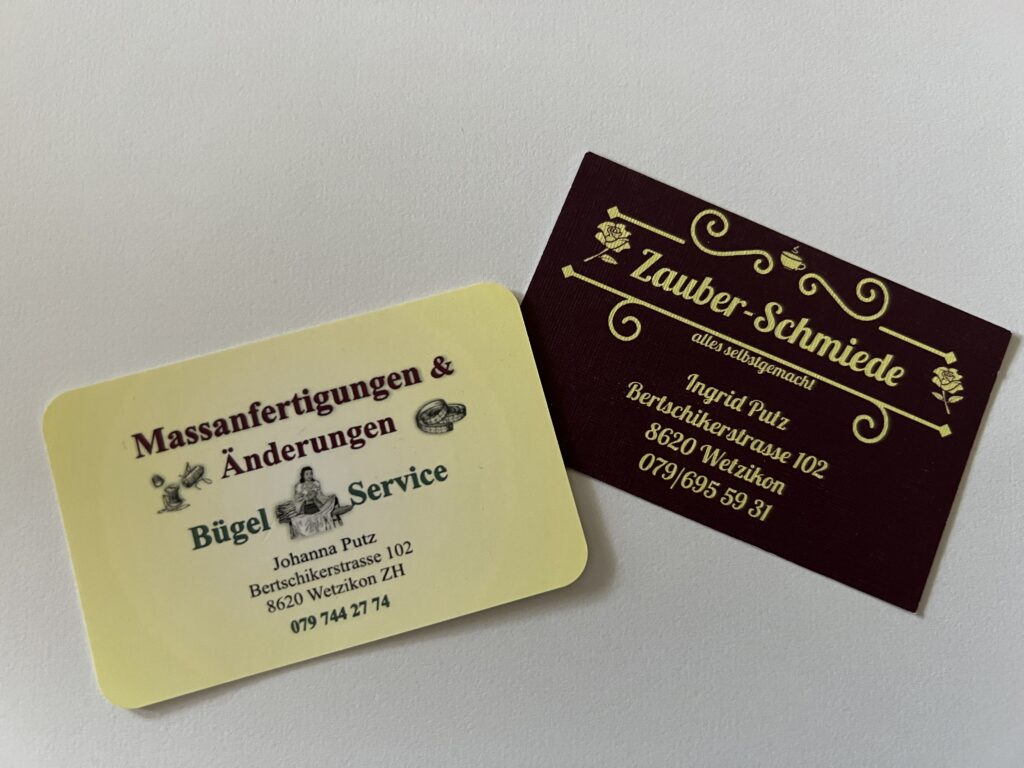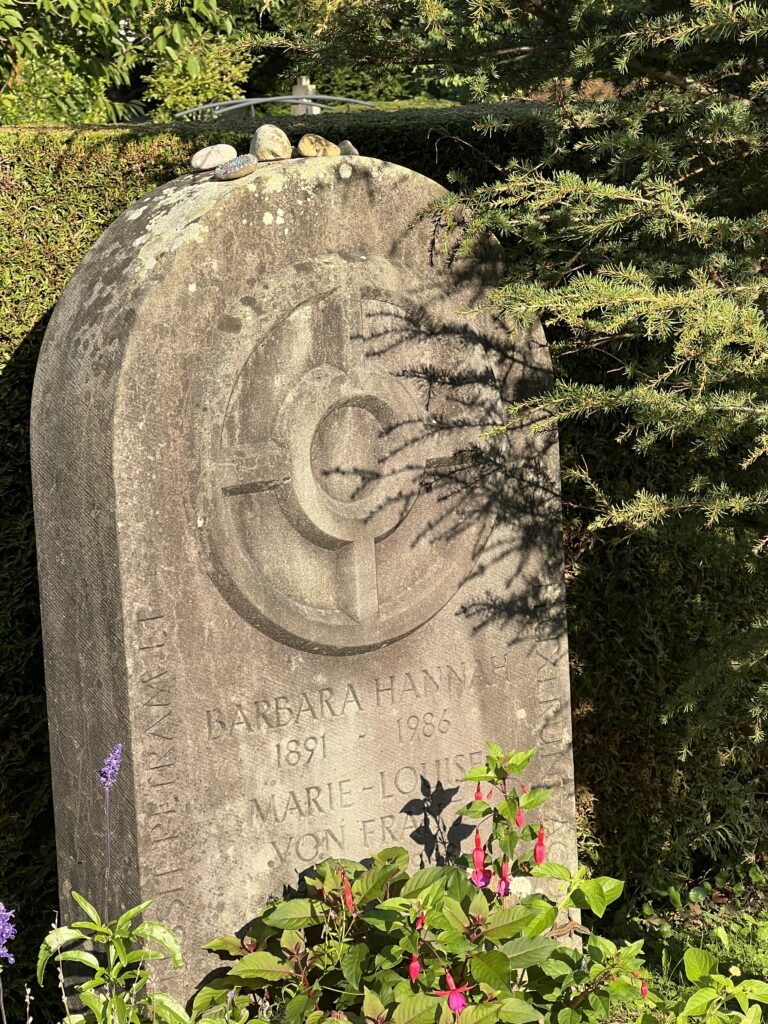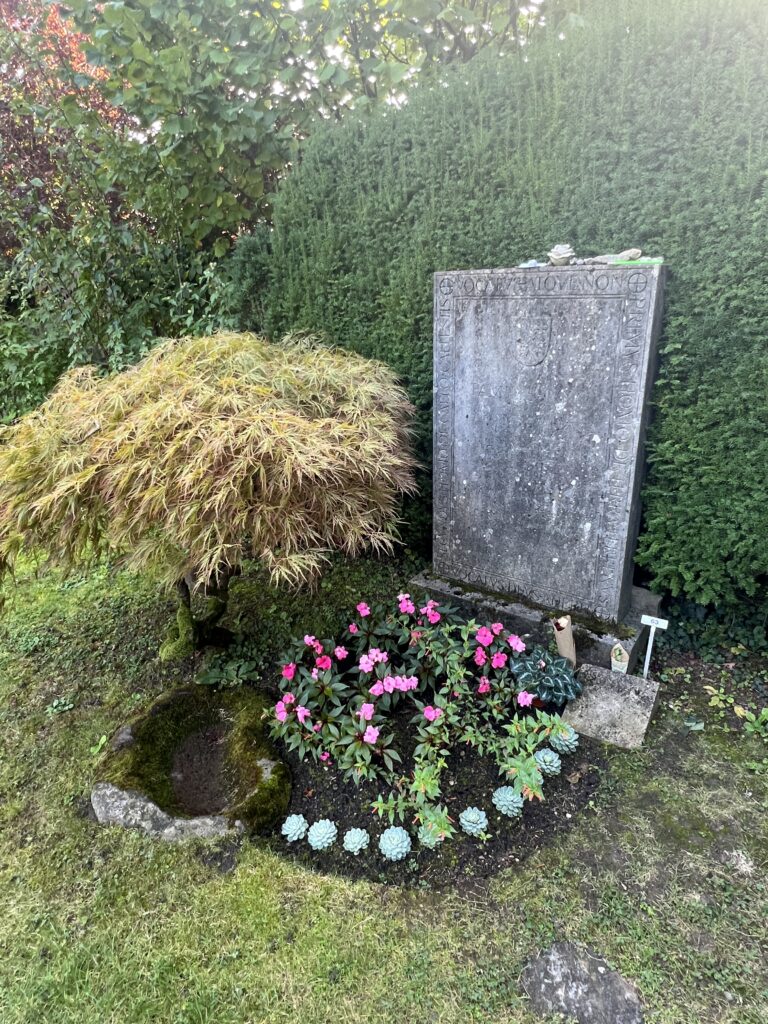
Pilgrimage, a visit to Carl Jung’s House in Küsnacht
Share this article:
I’ve mentioned before in this blog that Carl Jung’s work has had a significant impact on my life ever since I read his autobiography when I was 19 (thanks once again to Helen for the gift!) Jung’s work was also the source material for my PhD thesis which occupied seven years of my life. Since then (I graduated in 2004) I have continued to work on Jung and Jungian ideas, reading and writing in the field. The ideas from my thesis became the book ‘The Inner Fire: a coaching alchemy’ where I made them much more practical.
So… when June and I began to plan our third annual road trip of a month, something interesting emerged. We had spent the previous two Septembers touring around France (sublime). This year, partly because of the Olympics, we thought we would mix it up a little and head to some of the neighbouring countries. We put together a trip through Belgium, Luxembourg, France, Germany and Switzerland.
Switzerland – now then! That meant it would be possible to do a kind of pilgrimage in search of Jung. I began to dig around on the internet to see what I could find that was worth a look. The things that came to mind immediately were the C G Jung Institute, his house in Küsnacht and the Bollingen Tower.
The Institute itself used to be based in Zurich but relocated to Küsnacht during Jung’s lifetime. It has had its share of turbulence over the years as disagreements have emerged within its membership. Today, it provides training for Jungian Analysts as well as a public talks programme. It is not, however, open to the public.
The Bollingen Tower, which was built by Jung at the far end of the lake from Zurich, was his retreat space where he would spend time each year working, studying and thinking. It is also not open to the public as it is owned privately.
So, two blanks! This was going to be more tricky than I had hoped.
There were still two options open for us – the house has tours which can be booked and the family grave is nearby, also in the town of Küsnacht.
Thus, on Thursday 19th September we set off from our base in Tiengen, Germany to cross the border and drive to Lake Zurich. This was a drive of about 90 minutes and took us through beautiful countryside. On the way there, being people of a certain age, we began to search for a toilet break. As if it was an act of synchronicity, within minutes we saw a small sign on the roadside advertising coffee and cake. We stopped and were greeted at the door by a lovely woman called Johanna Putz, known as Jolly. She and her sister Ingrid were really friendly and helpful. Jolly is a seamstress and tailor. Ingrid is a florist – the room we went into was full of flowers. They had opened the cafe just three weeks earlier. We ordered coffee and a cake, which arrived on a cute little tray with a biscuit and a tiny posy of flowers. We had a lovely chat and left with the two posies as a gift.


Our journey continued to Lake Zurich where we headed down to Jung’s Tower. I knew that we were unlikely to be able to see anything, but wanted to find it anyway. The Tower is on a small plot of land on the banks of the lake and is surrounded by trees so it is completely out of sight. This felt like the beginning of the trail – nothing to see, but knowing that this was where Jung came to study and write was precious.

We drove back up the lake to Küsnacht, ready for our visit which was scheduled for 3.00 pm. What happened next is difficult to describe in words. The house is only open three afternoons a week, because it is still someone’s home. The first two floors are now a museum. The whole space has been restored so that it is as it was at the end of Jung’s life. Downstairs there is a dining room and a small living room. There is an exhibition space which had a selection of art work from Jung’s Red Book. The highlight of the tour is the visit to the Library and Study. These rooms smell really strongly of the pipe tobacco that Jung smoked. Perhaps it has impregnated all of the books. It’s a sublime experience to stand in these rooms and feel that presence. It was also fascinating to see the range of books in his collection: philosophy, mythology, alchemy, bibles, the koran, the Dhammapada. There was a buddha on his desk, a tanka on the wall and a huge picture of Tara. Photos were not allowed inside the building, but I did manage to buy a stunning book about the house which has photos in it.

The gardens are beautiful too. They reach down to the short of the lake where there is a jetty. After the visit, we then walked to the cemetery in search of Jung’s grave. It was very easy to find, extremely well kept. It is a family grave, with Jung’s name just one of a number of family members. I liked that. We also found the grave for Barbara Hannah and Marie-Louise von Franz. These two women were probably Jung’s closest colleagues. They both trained with him. Their grave was an important part of the pilgrimage for me too as their work has informed my own.

We left the graveyard to head back to the car. As we walked, June turned to me and said, ‘You know, the posy you were given by Jolly is meant for you to place on Carl Jung’s grave as a way of saying thank you to him.’ What a wonderful idea. We called back at the grave. I placed the posy, said a few words of gratitude and took a photo.

What a wonderful day, and how complete it felt with this last step.

6 thoughts on “Pilgrimage, a visit to Carl Jung’s House in Küsnacht”
Glad it was useful. Enjoy, would be interested to hear how your trip goes
My husband and I are planning a trip to Switzerland in June.
Your blog has helped me to include the Jung museum. I’m a casual reader of Jung and psychology.
Thank you,
Darla K. Landers
Lovely words Keran. Thank you so much for that.
Thanks Les. That’s certainly true. It was such a special day.
What a wonderful trip you two have had, and to have fulfilled such an ambition, you are certainly on a mission!
I’ve found that the best of trips haven’t really been to see new things, but to see things differently. It sounds like you achieved both.
No stopping you eh, and why would you? Isn’t this what retirement is for?
And thanks for blog, it’s such a lovely read😊
What a wonderful experience for you and June. Even the nice ladies that greeted you in their coffee shop helped make this trip special, one you will remember for a long time.